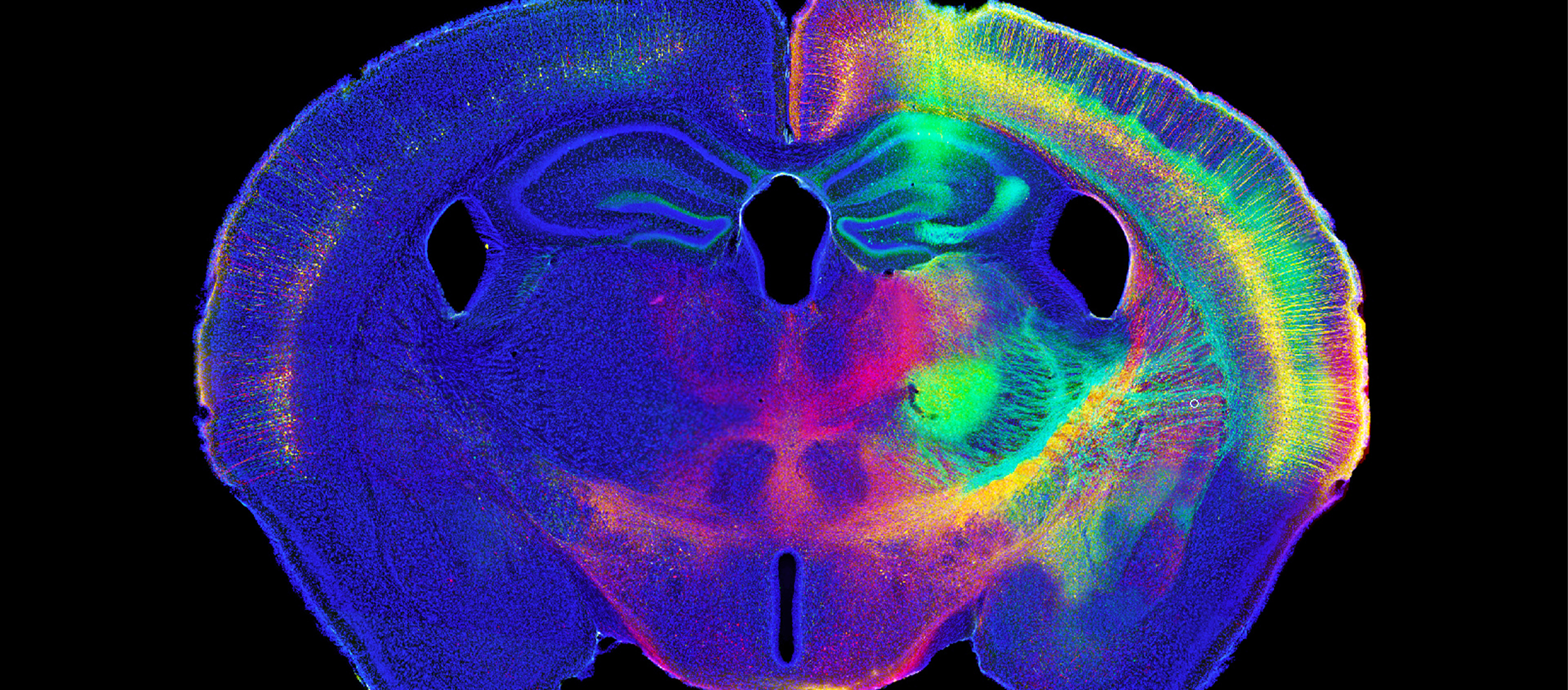Thousands of people in the United States have spinal cord injuries (SCIs), with associated loss of movement and sensation below the site of the injury. Neural and glial cell transplants into research animals after SCI have correlated with recovery of function. The improvement may be caused by the transplanted cells; it’s thought that remyelination by the transplanted glial cells is the main reason for the...
Read More
MBF Bioscience Blog
One factor that makes a neuron uniquely suited for a particular function is its morphology, including where and how the dendrites extend. The nature of the dendritic arbor affects the connectivity and electrical properties of the neuron, and arbor abnormalities are associated with neurological diseases. Many classification schemes have been based on neuronal morphology but in an article from the December 2007 issue of Neuron,...
Read MoreNeurolucida is used for reconstruction and morphometric analysis of neurons and anatomical regions of interest. Neurolucida can also be used for quantitative and qualitative analysis of dendritic spines. Spines are small, often bulbous protrusions that emerge from the dendritic shaft. They are the main site of excitatory synapses in the brain [1], and they range in length from 0.001 to 1mm and range in diameter...
Read MoreWe continue to take an active role in assisting researchers become proficient in design-based stereology with this publication. It is intended to introduce the methodology to scientists who are interested in, but not familiar with, its application in neuroscience and other biomedical research fields. A concise, accessible book, this text is an excellent first resource for scientists. Available at amazon.com or by contacting MBF Bioscience. ...
Read MoreStereo Investigator Pulmonary Edition, our latest stereology software solution, is designed specifically to assist pulmonary researchers with quantitative stereological analysis. Stereo Investigator Pulmonary Edition introduces the Connectivity Assay. Using live video superimposed over captured images, pulmonary researchers can quickly mark bridges and islands. "Whether you’re counting alveoli or quantifying cells, lengths, or volumes, Stereo Investigator Pulmonary Edition’s intuitive workflow technology simplifies stereology," said MBF Bioscience President...
Read MoreDensita, our latest software application, is now available to researchers in labs around the world. Designed as an intuitive application for semi-quantitative and autoradiographic analyses, Densita can work with images from a scanner or a traditional light table and camera system, as well as with image files from other systems, including MCID. Densita allows researchers to quickly and accurately perform receptor binding and mapping studies. "Densita...
Read MoreStereology allows us to estimate the amount and size of biological features that are impossible or prohibitive to measure exhaustively. If the stereological probe is designed well, and we can manage to follow all the rules, bias due to sampling design and estimation methods will be eliminated, resulting in a more accurate estimate. For instance, when using the Optical Fractionator to estimate the number of cells...
Read MoreJack Glaser, president and founder of MBF Bioscience was named the 2007 Vermont Small Business Person of the Year by the US Small Business Administration. Glaser founded MicroBrightField (renamed MBF Bioscience in 2006) with his father, Dr. Edmund M. Glaser in 1987. Their goal was to develop powerful yet affordable neuroanatomical imaging software for the global research community. Today, MBF software is used by over 1000...
Read More








